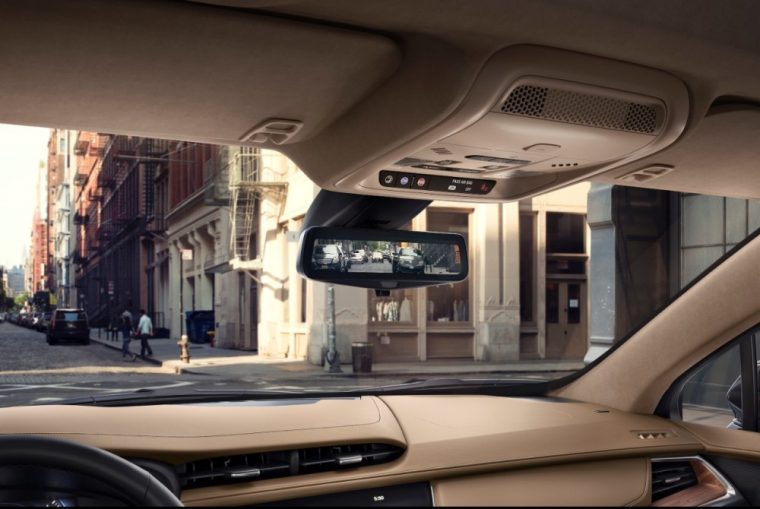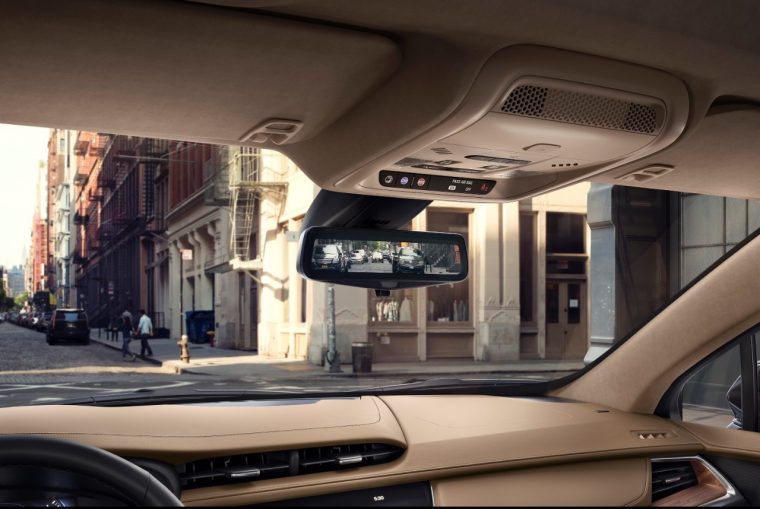Automotive safety features grow more advanced with each passing year. Features like adaptive cruise control and lane-keeping assist are becoming the norm, while automakers are beginning to introduce semi-autonomous technology.
Still, when it comes to consumer perception of these safety technologies, there is something of a stark contrast. A new survey from Consumer Reports shows that drivers are much more comfortable with safety features that improve their driving than those that control a vehicle for them.
A Hands-Free Driving System: Cadillac Super Cruise
2,009 adult American drivers planning to buy or lease a new or used car participated in the survey between March 19 and April 2. Participants were asked how important it was for their next car to come equipped with certain safety features.
According to results of the survey, 51 percent of these drivers claimed that it was important for their next vehicle to include a rearview camera. 45 percent of participants said they wanted their next car to include blind-spot warning.
As safety systems became more advanced, however, drivers became less optimistic about them. For example, only 28 percent of participants said it was important for their next vehicle to have adaptive cruise control, while only 21 percent said they were looking for a vehicle with lane-keep assist.
Semi-autonomous technologies like GM’s Super Cruise were the least popular of the safety systems covered by the survey. Only 11 percent of participants said they wanted a vehicle with any of these self-driving functions.
“I think people would prefer to have features that can enhance their situational awareness and allow them to be safer,” explains Sam Abuelsamid, an automotive analyst at the research firm Navigant. “And I think that’s why you see that they like features like backup cameras and blind-spot warning systems, because they don’t intervene at all.”
Recognizing Warning Signs: The meaning of dashboard indicator lights
One reason why drivers may not trust semi-autonomous driving systems is due to the fact that these systems aren’t tried and true. Many are still in their testing phase, and not every automaker has their own self-driving system yet.
On the other hand, blind-spot warning systems have been proven to reduce crashes by 14 percent. Rearview cameras can reduce crashes by 17 percent, according to the Insurance Institute for Highway Safety.
Recent legislation made it necessary for new models to come standard with a rearview camera. By this point, drivers are more familiar with this safety technology. Rearview cameras are somewhat necessary, as smaller rear windows and large pillars have made visibility more difficult for drivers in modern vehicles.
If the survey serves as any indication, as these safety systems become more common, the general public will grow more accepting of them. For the time being, however, drivers will gravitate toward what they know when it comes to vehicle safety.
Source: Consumer Reports
The News Wheel is a digital auto magazine providing readers with a fresh perspective on the latest car news. We’re located in the heart of America (Dayton, Ohio) and our goal is to deliver an entertaining and informative perspective on what’s trending in the automotive world. See more articles from The News Wheel.

